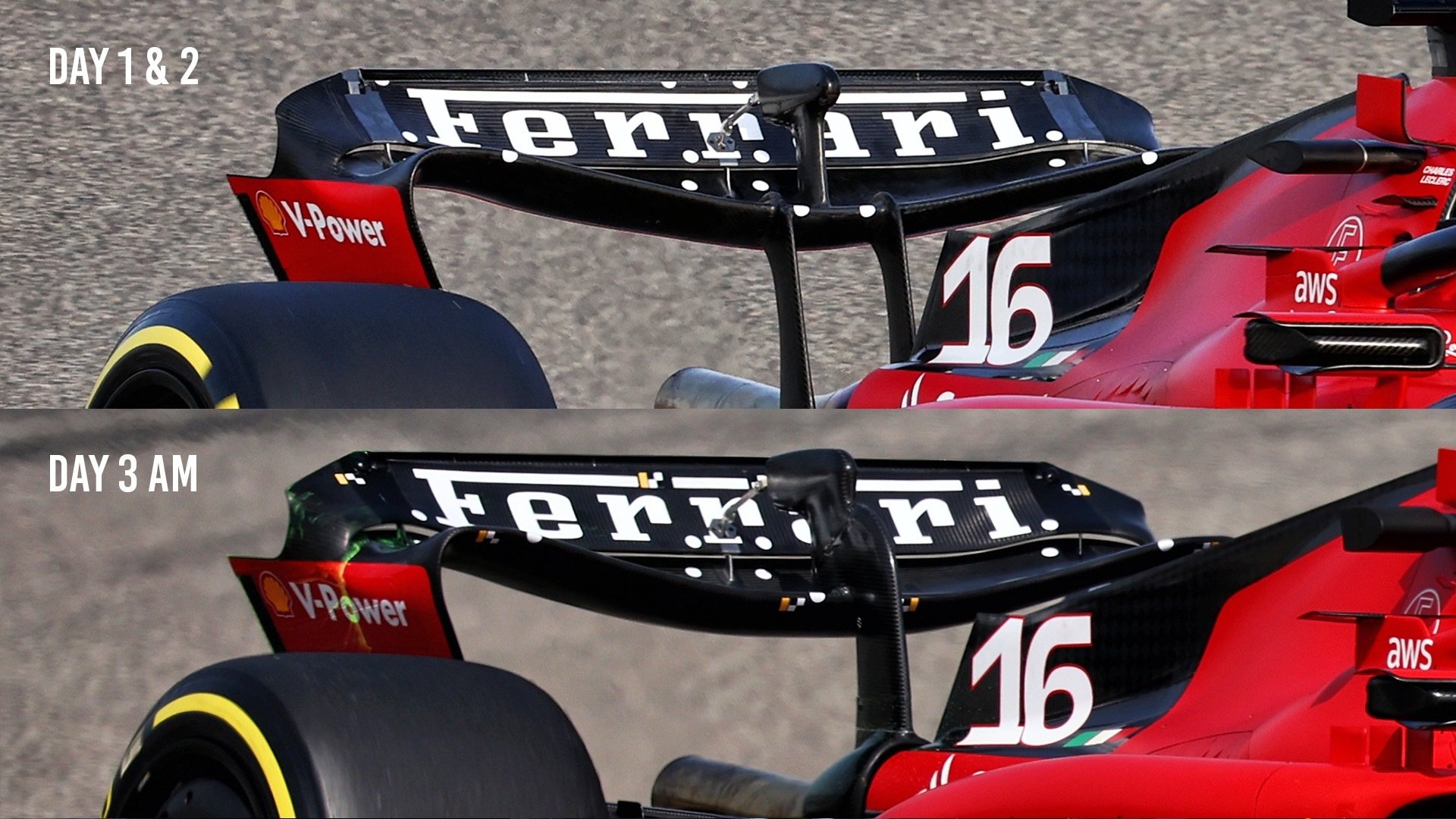Sevach wrote: ↑26 Feb 2023, 20:23
dialtone wrote: ↑26 Feb 2023, 19:14
AR3-GP wrote: ↑26 Feb 2023, 19:09
Practically speaking, it's quite difficult to ask two drivers to do the same laptime. Nevermind within 0.005 of a second. Especially two drivers with different driving style.
Yeah, I'm not saying they were asked to do it identical, but they were asked to get close to the other. If you look at it the other way, HAM and RUS were 0.8s apart on day 3 with the C5 between night and day.
Compared to extreme HAM doing it after the sun was out and RUS during the hottest part of the day, Sainz lap was done while the sun was still there, that helps close the gap a bit(a lot), maybe he had 10kg of fuel extra... or a slightly worst lap.
Yeah totally fair point, I went to grab weather data for those laps:
SAI
Time 0 days 07:19:49.912000
AirTemp 25.4
Humidity 50.0
Pressure 1012.7
Rainfall False
TrackTemp 32.5
WindDirection 322
WindSpeed 2.0
LEC
Time 0 days 01:45:48.711000
AirTemp 26.7
Humidity 40.0
Pressure 1014.0
Rainfall False
TrackTemp 37.8
WindDirection 235
WindSpeed 1.0
HAM
Time 0 days 08:31:50.209000
AirTemp 25.5
Humidity 43.0
Pressure 1012.9
Rainfall False
TrackTemp 30.3
WindDirection 331
WindSpeed 1.1
RUS
Time 0 days 01:30:48.649000
AirTemp 26.3
Humidity 39.0
Pressure 1014.2
Rainfall False
TrackTemp 37.0
WindDirection 214
WindSpeed 0.6
There about 1.4C difference between the delta temperature from LEC/SAI and HAM/RUS, I don't think 1.4C and 0.5C of air temperature explains 0.8s.
Anyway, I'm not going to strongly defend my point much further, it's just a thought from an ignorant PoV, it just doesn't seem so far fetched for me that they would try to run similar times in different conditions to check the impact on the tyres.



